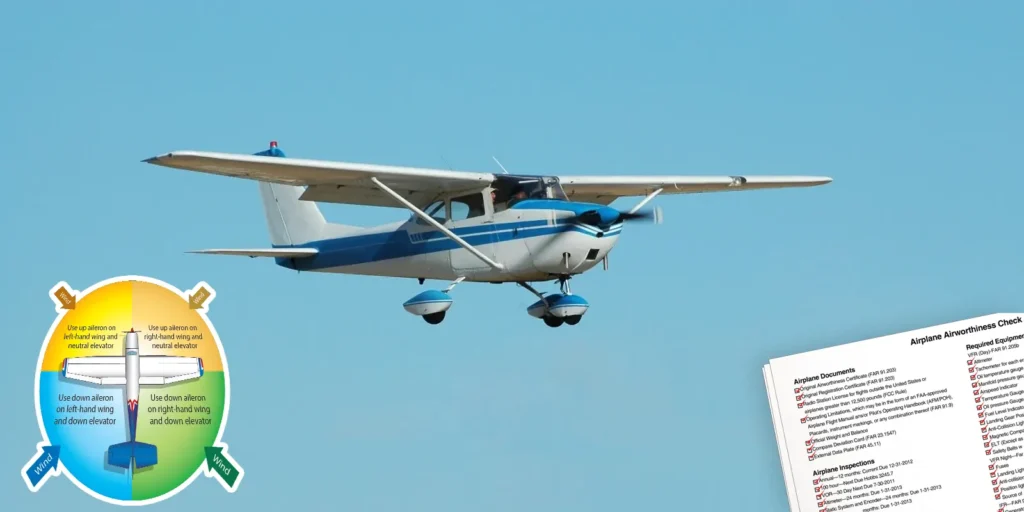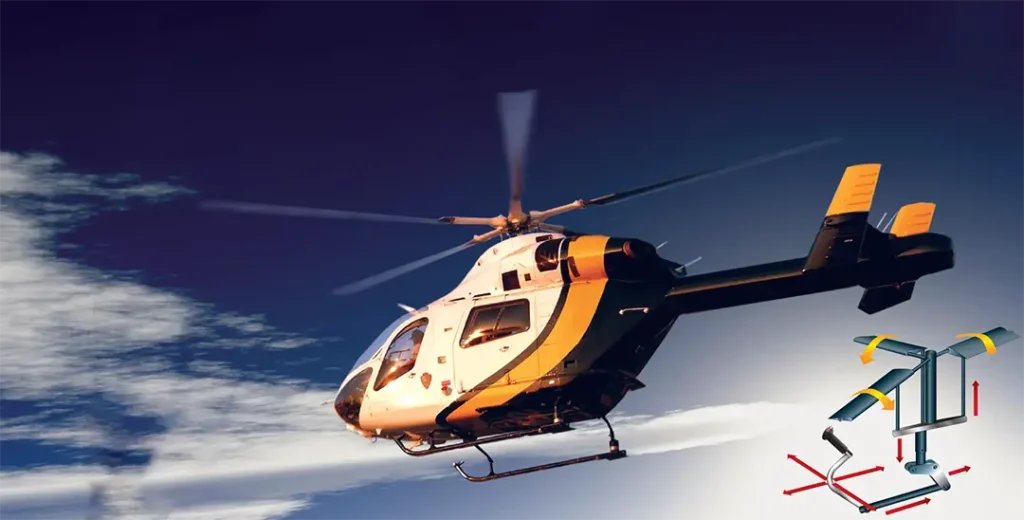Airplane Flying: Building Skills for Safe and Efficient Flight Operations
Airplane Flying, Flying TrainingA crucial part of your aviation experience is receiving airplane flying instruction, regardless of your status as a student or a certified pilot seeking to improve your abilities. You will leave this program with the information and abilities needed to fly an airplane safely. The Importance of Training For those who are just beginning their […]
Airplane Flying: Building Skills for Safe and Efficient Flight Operations Read Post »


